"Before the Battle of Vienna in 1683, John III Sobieski had placed his troops under the protection of the Blessed Virgin Mary. In the following year, to celebrate the victory, Pope Innocent XI added the feast to the General Roman Calendar, assigning to it the Sunday within the octave of the Nativity of Mary.
The reform of Pope Pius X in 1911 restored to prominence the celebration of Sundays in their own right, after they had been often replaced by celebrations of the saints. The celebration of the Holy Name of Mary was therefore moved to 12 September. Later in the same century, the feast was removed from the General Roman Calendar in 1969 in the reform of the Calendar by Pope Paul VI, as something of a duplication of the 8 September feast of the Nativity of the Blessed Virgin Mary,but it did not cease to be a recognized feast of the Roman Rite, being mentioned in the Roman Martyrology on 12 September. In 2002 Pope John Paul II restored the celebration to the General Roman Calendar.
And La Wik contains this interesting fact to mull over the next time you are having a Continental breakfast:
The day was commemorated in Vienna by creating a new kind of pastry, known now as the croissant, shaping it in the form of a half-moon from the crest on the Turkish flag. It was eaten along with coffee which was part of the booty from the Turks.
The day was commemorated in Vienna by creating a new kind of pastry, known now as the croissant, shaping it in the form of a half-moon from the crest on the Turkish flag. It was eaten along with coffee which was part of the booty from the Turks.







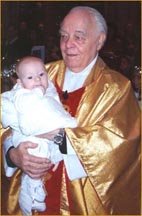
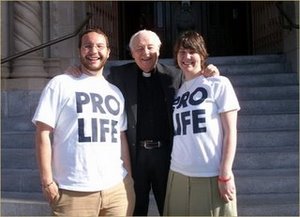
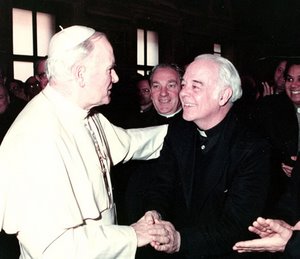
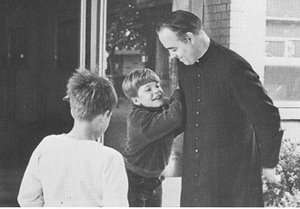
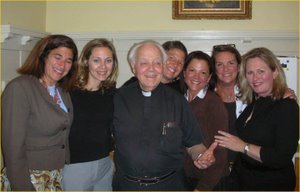
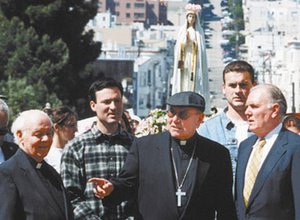
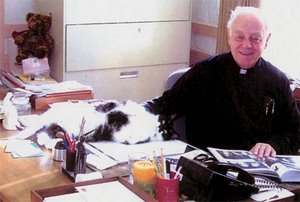
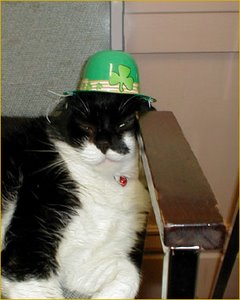
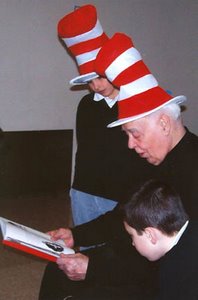

No comments:
Post a Comment